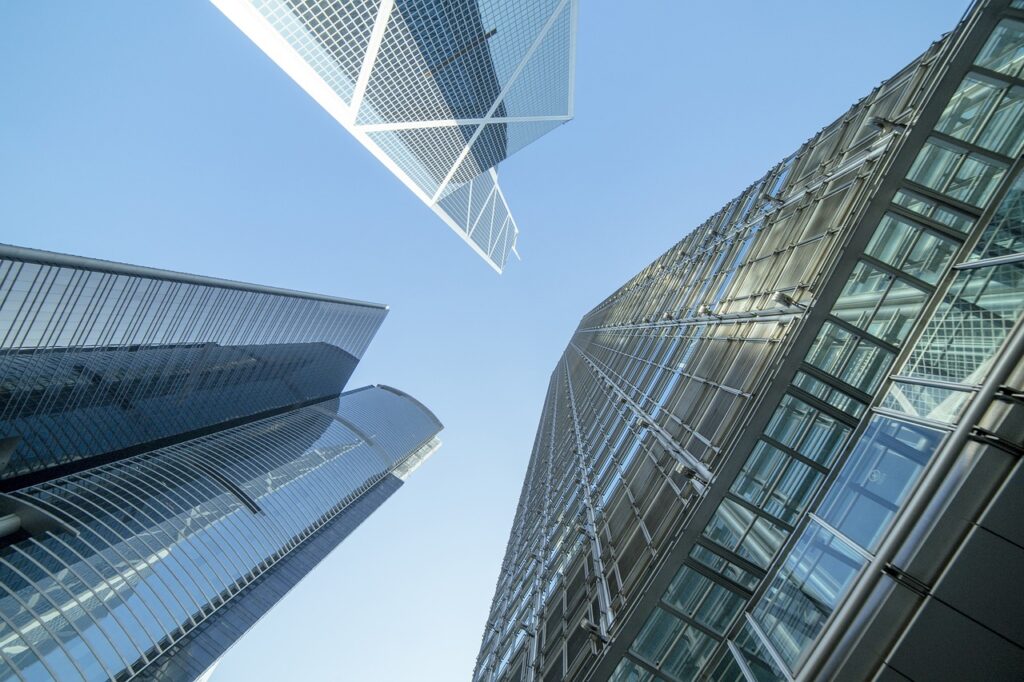Oklahoma City is poised to redefine its skyline with the construction of a monumental skyscraper, projected to become the tallest building in the United States. The proposed Legends Tower, reaching a staggering height of 1,907 feet, is set to eclipse One World Trade Center in New York City by 131 feet. This height not only aims to snatch the title of the nation’s tallest building but also marks a symbolic nod to 1907, the year Oklahoma joined the Union.
The groundbreaking for this ambitious mixed-use development is scheduled for this fall, spearheaded by California-based Matteson Capital and architecture firm AO. The project promises a financial backing exceeding $1 billion, setting the stage for a transformative addition to Oklahoma City’s architectural and economic landscape.
Legends Tower will tower over the current tallest building in the city, the Devon Energy Center, which stands at 844 feet. The planned structure will boast 126 stories above a multi-functional base known as the Boardwalk at Bricktown. This includes 86 floors of luxury residences complemented by an amenity level, 12 floors of exclusive penthouse suites, and a 16-story Hyatt hotel topped with additional Hyatt residences. Recreational facilities will feature an indoor pool and a top-level complex with an observation deck and a sky restaurant.
Spanning approximately 5 million square feet, the complex will also offer a 17,000-square-foot lagoon, expansive roof decks, and no office spaces, focusing purely on residential and leisure uses.
Despite clearing a major hurdle this week with the Oklahoma City Council lifting height restrictions for the site, the project faces mixed reactions. Councilman James Cooper expressed reservations, advocating for more commitments to affordable housing and community benefits. The development’s first phase will see three smaller towers—Dream, Emerald, and Ruby—followed by the iconic Legends Tower in the second phase, estimated to take five years to complete.
Local responses vary, with some seeing the skyscraper as a potential economic catalyst that could draw visitors and invigorate the city, while others, like resident Shannon Burke, fear it may become an unwelcome eyesore. Yet, the overriding sentiment captures a blend of excitement and skepticism, mirroring the complexities of ushering in a skyscraper designed to withstand the harsh realities of Oklahoma’s tornado-prone climate. As the project moves forward, it remains a focal point of civic discussion and a beacon of Oklahoma City’s bold ambitions.

Sorry, comments are closed for this post.